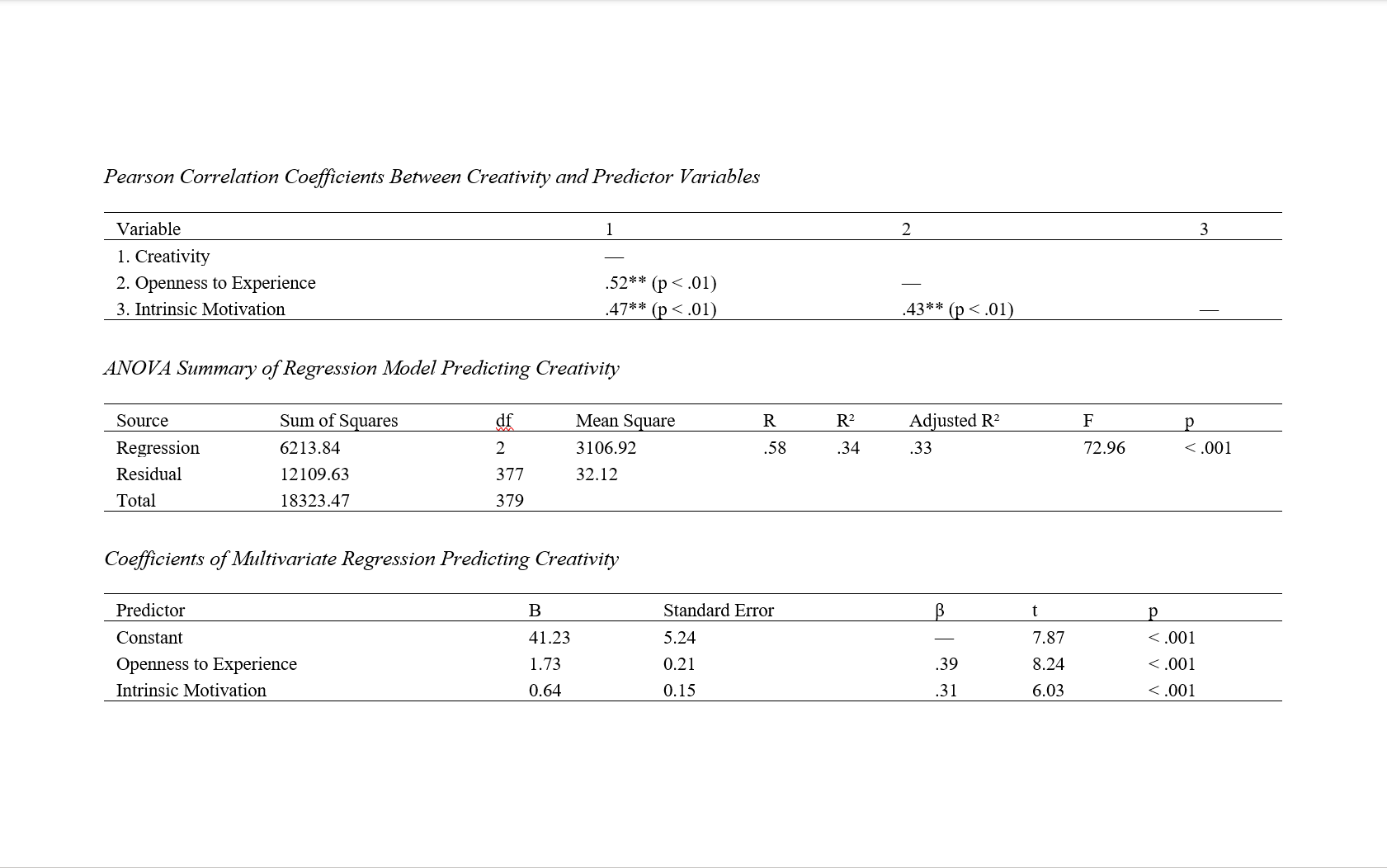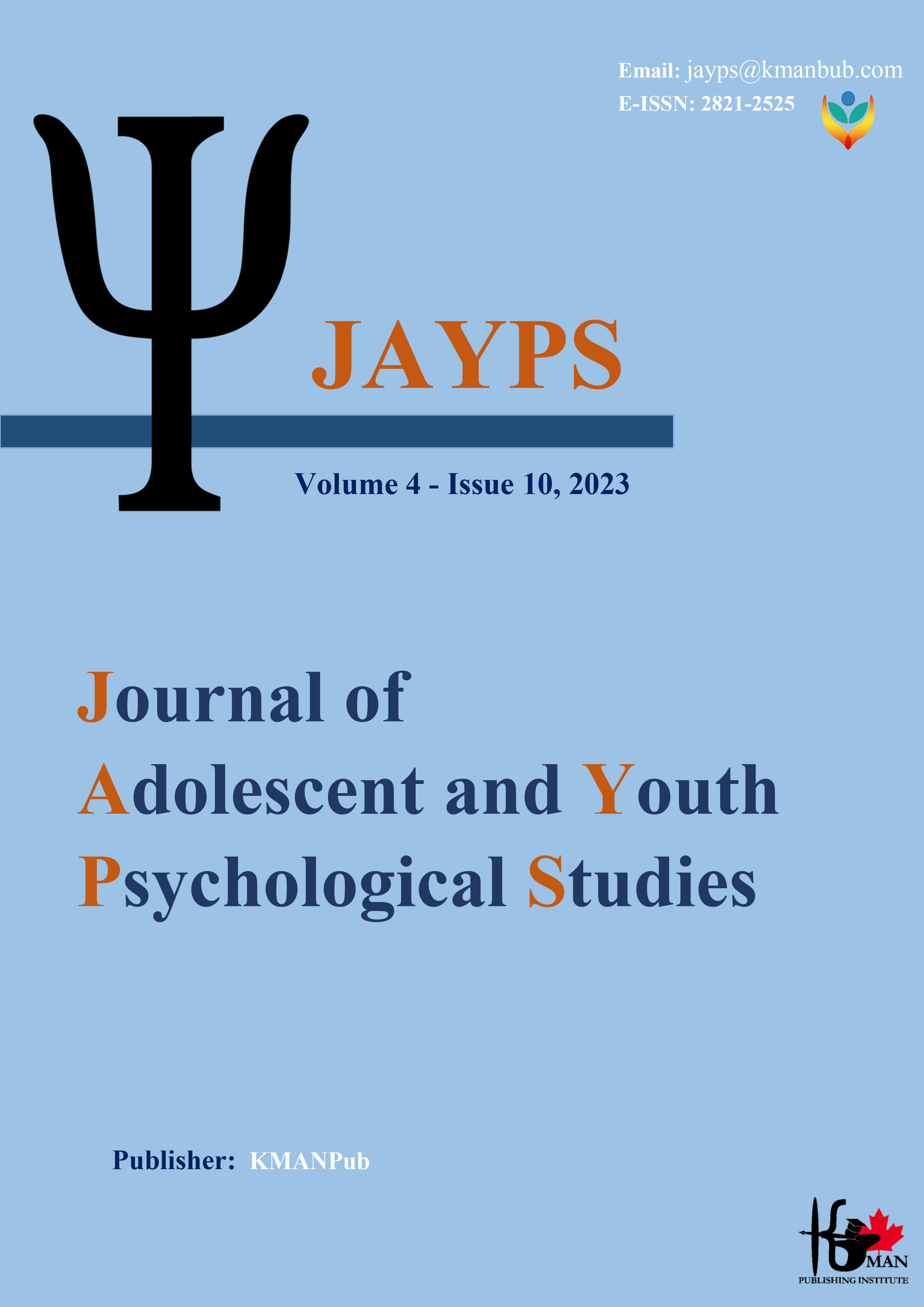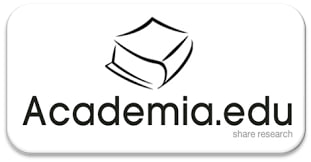Predicting Adolescent Creativity from Openness to Experience and Intrinsic Motivation
Keywords:
Adolescent creativity, openness to experience, intrinsic motivation, personality traits, predictive factorsAbstract
Objective: This study aimed to investigate the predictive roles of openness to experience and intrinsic motivation in adolescent creativity.
Methods and Materials: A correlational descriptive research design was employed, involving a sample of 380 high school students from Canada. Participants were selected using the Morgan and Krejcie sample size table through convenience sampling. Standardized instruments were used to assess the variables: the Torrance Tests of Creative Thinking (TTCT) for creativity, the Openness scale from the Big Five Inventory (BFI) for openness to experience, and the Intrinsic Motivation Inventory (IMI) for intrinsic motivation. Data analysis was performed using SPSS version 27. Pearson correlation coefficients were calculated to determine the strength and direction of the relationships between creativity and each predictor variable. A multiple linear regression analysis was then conducted to examine the combined predictive power of openness to experience and intrinsic motivation on creativity.
Findings: Descriptive statistics revealed moderately high levels of creativity (M = 112.47, SD = 13.62), openness to experience (M = 36.28, SD = 4.81), and intrinsic motivation (M = 121.65, SD = 11.49). Pearson correlation analysis showed that creativity was significantly correlated with both openness to experience (r = .52, p < .01) and intrinsic motivation (r = .47, p < .01). Multiple linear regression analysis indicated that both predictors significantly contributed to creativity (R = .58, R² = .34, F(2, 377) = 72.96, p < .001), with openness to experience (β = .39, p < .001) and intrinsic motivation (β = .31, p < .001) emerging as significant predictors.
Conclusion: The findings highlight that both openness to experience and intrinsic motivation play meaningful and complementary roles in predicting adolescent creativity. These results suggest that fostering openness and nurturing intrinsic motivation may be effective strategies for enhancing creative potential in educational settings.
Downloads
References
Ajdarbin, B., Abolmaali alhosseini, K., Ghorban Jahromi, R., & Dortaj, F. (2023). Structural Model of the Relationship between Motivational Structure and Academic Self-Defeating Behavior in Gifted Students: the Mediating Role of Problem Solving Skills. Psychology of Exceptional Individuals, 13(49), 29-57. https://doi.org/10.22054/jpe.2022.69410.2475
Atari, M., Afhami, R., & Mohammadi-Zarghan, S. (2020). Exploring Aesthetic Fluency: The Roles of Personality, Nature Relatedness, and Art Activities. Psychology of Aesthetics Creativity and the Arts, 14(1), 125-131. https://doi.org/10.1037/aca0000200
Ayat, M., Mollaei, E., Javanfekr, E., & Shafiee, S. (2020). A Study of Relationship Between Managerial Roles and Personality Traits of Women in Islamic Teachings. Women's Studies Sociological and Psychological, 18(4), 201-238. https://doi.org/10.22051/jwsps.2021.32839.2283
Aziz, R. (2023). Creativity in Higher Education: The Effect of Personality on Students’ Creative Thinking Skills. Thinking Skills and Creativity Journal, 6(1), 44-51. https://doi.org/10.23887/tscj.v6i1.54916
Balakrishnan, B. (2022). Exploring the impact of design thinking tool among design undergraduates: a study on creative skills and motivation to think creatively. International Journal of Technology and Design Education, 32(3), 1799-1812. https://doi.org/10.1007/s10798-021-09652-y
Boeiry, I., Talebzadeh Shushtari, M., & Dasht Bozorgi, Z. (2024). Designing and testing a causal model of self-directed learning based on emotional creativity, critical thinking, and academic vitality with achievement motivation as a mediator. Journal of Psychological Sciences, 23(137), 1107-1128.
Chad‐Friedman, E., Lee, Y., Liu, X., & Watson, M. W. (2018). The Effects of Visual Arts Pedagogies on Children's Intrinsic Motivation, Creativity, Artistic Skill, and Realistic Drawing Ability. The Journal of Creative Behavior, 53(4), 482-495. https://doi.org/10.1002/jocb.228
Conradty, C., & Bogner, F. X. (2020). STEAM teaching professional development works: effects on students’ creativity and motivation. Smart Learning Environments, 7(1), 26. https://doi.org/10.1186/s40561-020-00132-9
Corazza, G. E., & Lubart, T. (2021). Intelligence and Creativity: Mapping Constructs on the Space-Time Continuum. Journal of Intelligence, 9(1).
Deng, W., Dai, Y., Gao, Y., Lin, R., Lei, F., & Leng, L. (2022). Relationships Between Proactive Personality and Creativity: Mindsets and Golden Mean Thinking as Parallel Mediators Among Chinese Third Language Students. Frontiers in psychology. https://doi.org/10.3389/fpsyg.2022.969209
Farajzadeh, R., & Alavinia, P. (2022). The relationship between Iranian EFL teachers’ creativity, motivation and job satisfaction: The role of gender, teaching experience and teaching context. Journal of English Language Pedagogy and Practice, 14(29), 41-60. https://doi.org/10.30495/jal.2022.690027
Fischer, C., Malycha, C. P., & Schafmann, E. (2019). The influence of intrinsic motivation and synergistic extrinsic motivators on creativity and innovation. Frontiers in psychology, 10, 137.
Gulzar, M. A., Ahmad, M., Hassan, M., & Rasheed, M. I. (2021). How Social Media Use Is Related to Student Engagement and Creativity: Investigating Through the Lens of Intrinsic Motivation. Behaviour and Information Technology, 41(11), 2283-2293. https://doi.org/10.1080/0144929x.2021.1917660
Habibi, M. (2020). The Impact of Problem-Solving Skills Training on Creativity and Academic Motivation of Second-Year High School Girls. Rooyesh Psychology, 9(1). https://frooyesh.ir/article-1-1648-en.html
Hong, M., Dyakov, D. G., & Zheng, J. (2020). Self-esteem and psychological capital: Their mediation of the relationship between Big Five personality traits and creativity in college students. Journal of Psychology in Africa, 30(2), 119-124. https://doi.org/10.1080/14330237.2020.1744286
Krumm, G., Lemos, V., & Richaud, M. C. (2018). Personality and creativity: A study in Spanish-speaking children. International Journal of Psychological Research, 11(1), 33-41. http://www.scielo.org.co/scielo.php?pid=S2011-20842018000100033&script=sci_arttext&tlng=en
Ma'aser, H., & Zeraati, H. A. (2019). Emotional Creativity and Self-Directed Learning: The Mediating Role of Achievement Motivation. Journal of Psychology, 23(4 (Serial 92)), 440-457. https://www.sid.ir/paper/54441/fa
Malik, M. J., Ahmad, M., Kamran, M. R., Aliza, K., & Elahi, M. Z. (2020). Student Use of Social Media, Academic Performance, and Creativity: The Mediating Role of Intrinsic Motivation. Interactive Technology and Smart Education, 17(4), 403-415. https://doi.org/10.1108/itse-01-2020-0005
Michinov, E., & Michinov, N. (2023). Stay at home! When personality profiles influence mental health and creativity during the COVID-19 lockdown. Current Psychology, 42(7), 5650-5661. https://doi.org/10.1007/s12144-021-01885-3
Rahmani, S., & Ahmadi, M. (2019). The Relationship Between Personality Traits and Creativity in Iranian Musicians. Journal of Music Psychology, 15(3), 45-60.
Saberi Dehkordi, A., Esmaeili Karani, R., & Jazayeri Farsani, S. (2019). The Impact of Storytelling on Creativity and Motivation in Eighth-Grade Students in Work and Technology Classes. Research and Islamic Studies Journal, 1(5).
Safaei Rad, I., Gholamali Lavasani, M., & Afrooz, G. (2019). Investigating the Structural Pattern of Relationship between Personality Characteristics and Creativity by Mediating Role of Marital Satisfaction, Social Adjustment, and Mental Health. childmh, 6(1), 223-238. https://doi.org/10.29252/jcmh.6.1.19
Tang, C., Mao, S., Naumann, S. E., & Xing, Z. (2022). Improving student creativity through digital technology products: A literature review. Thinking Skills and Creativity, 44, 101032. https://doi.org/10.1016/j.tsc.2022.101032
Yasamin, A. (2021). Students’ Creativity in Virtual vs. Classroom Courses on The Basis of Their Personality Traits: A Prediction Study. The Electronic Journal of E-Learning, 18(6). https://doi.org/10.34190/jel.18.6.005
Yousef, A. M. F. (2021). Augmented reality assisted learning achievement, motivation, and creativity for children of low-grade in primary school. Journal of Computer Assisted Learning, 37(4), 966-977. https://doi.org/10.1111/jcal.12536
Yuan, H., Lu, K., Jing, M., Yang, C., & Hao, N. (2022). Examples in creative exhaustion: The role of example features and individual differences in creativity. Personality and individual differences, 189, 111473. https://doi.org/10.1016/j.paid.2021.111473

Downloads
Additional Files
Published
Submitted
Revised
Accepted
Issue
Section
License

This work is licensed under a Creative Commons Attribution-NonCommercial 4.0 International License.








